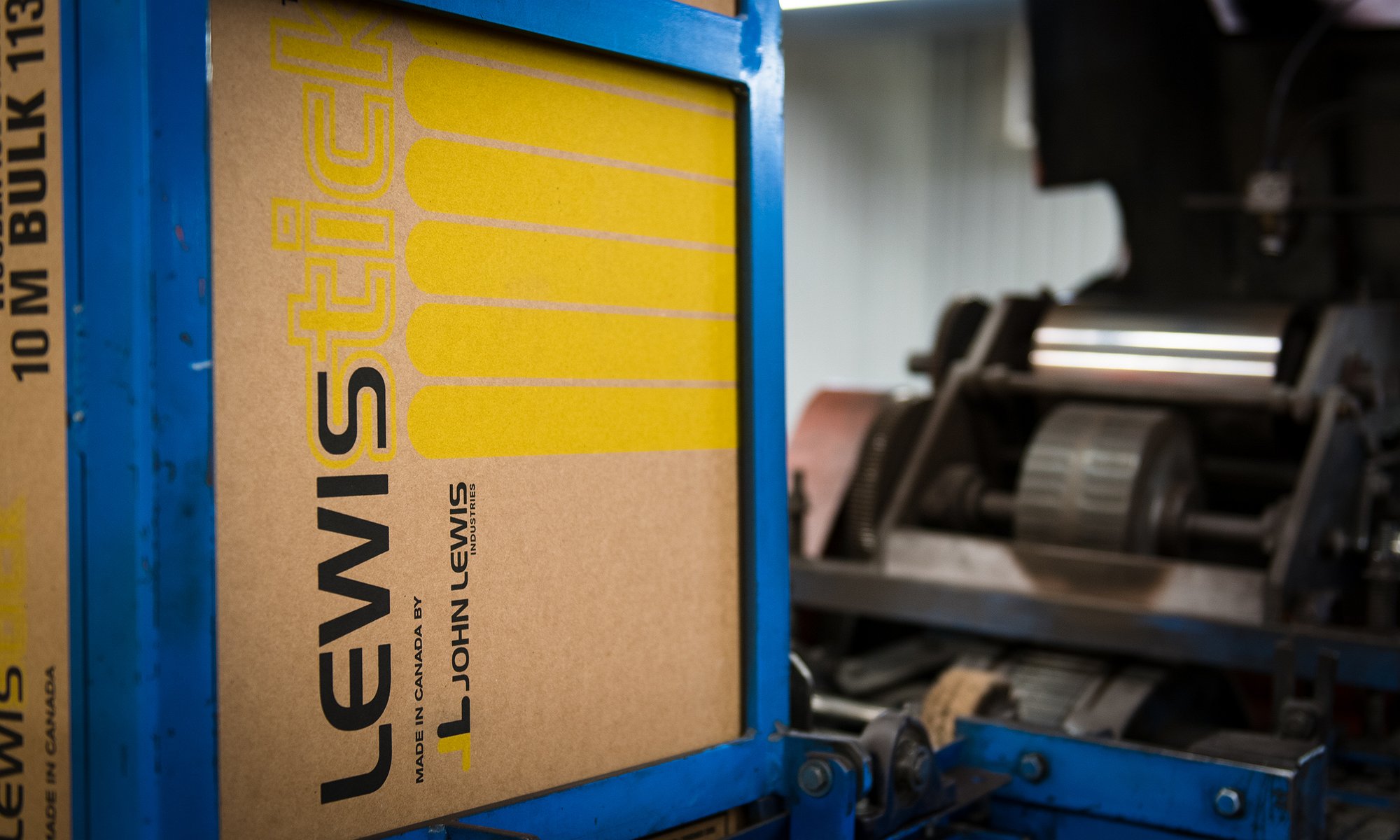Industries John Lewis
Industries John Lewis is one of Groupe Rémabec’s key subsidiaries as part of its manufacturing division. Located in the heart of the Mauricie region, in the town of La Tuque, this company has been operating since 1979 and has 125 people in its employ. It specializes in 2nd transformation of white birch, an abundant hardwood species in Quebec, into sticks for the food industry.
For example, we make sticks for frozen treats, corn dogs, coffee stirrers and, to a lesser extent, handicrafts. The company makes some eight billion sticks yearly, making it the biggest producer in North America, and one of the world’s largest; its products are sold in Canada, the United States, Europe, South America, and the Middle East, among others.
A company that meets the most demanding standards
Because the food industry must meet very stringent standards, Industries John Lewis has, among others, achieved HACCP certification and obtained SQF-Level 2 certification since 2009. In 2016, the company achieved level-3 certification, the most stringent SQF standard.
Adhesion to these strict standards is coordinated with the company’s quality, healthiness, and food safety policies. Management and employees are unconditionally committed to these internal, irreversible policies, which are the cornerstones of the company’s continuous improvement.
Sustainable development as part of the business model
Industries John Lewis collaborates with a network of forest companies that are committed to the most demanding forestry practice standards. Indeed, the plant’s entire supply is harvested in compliance with the Forest Territory Sustainable Development Act, which has been the basis of Quebec’s new forest management policy since 2013. It is considered one of the most stringent worldwide. This provides the foundations for a sustainable forest development system with natural resource renewal to assure the long-term viability of the Mauricie region’s operations.
Moreover, Industries John Lewis recovers all its residual wood, meaning that 100% of the wood that enters the plant is used. Residual wood is sold as a by-product to other facilities, and the bark is used as fuel to produce steam for the manufacturing process.







